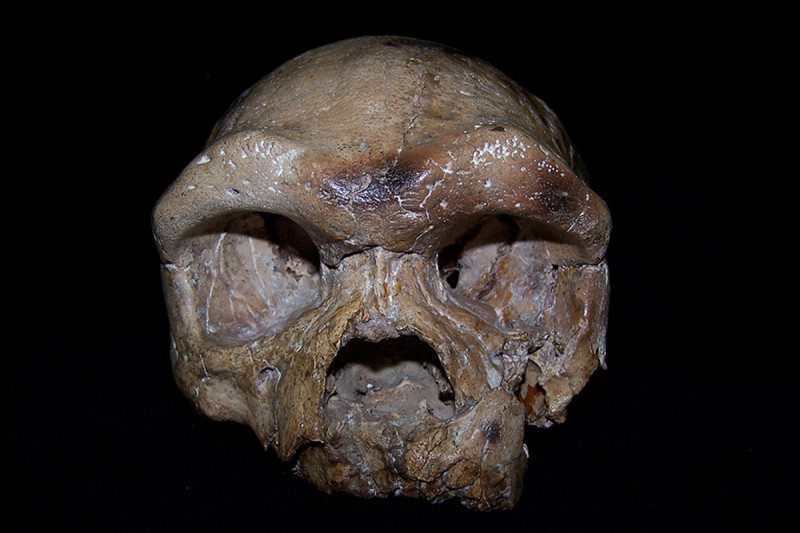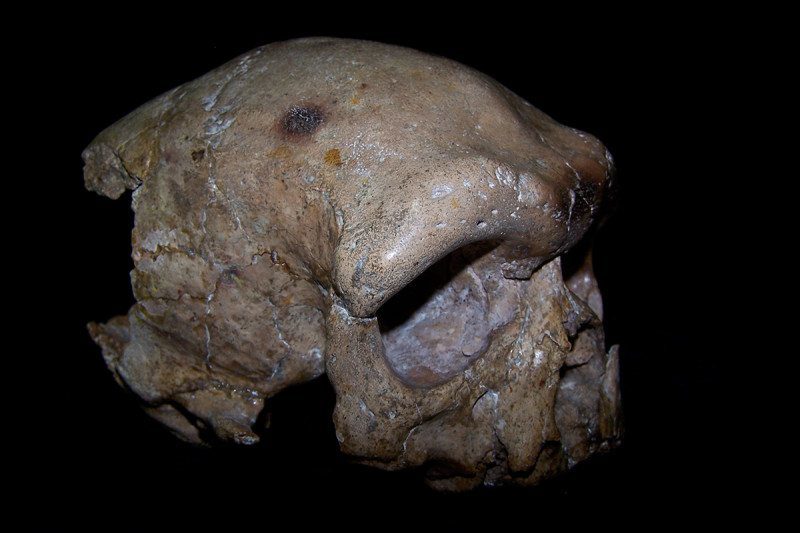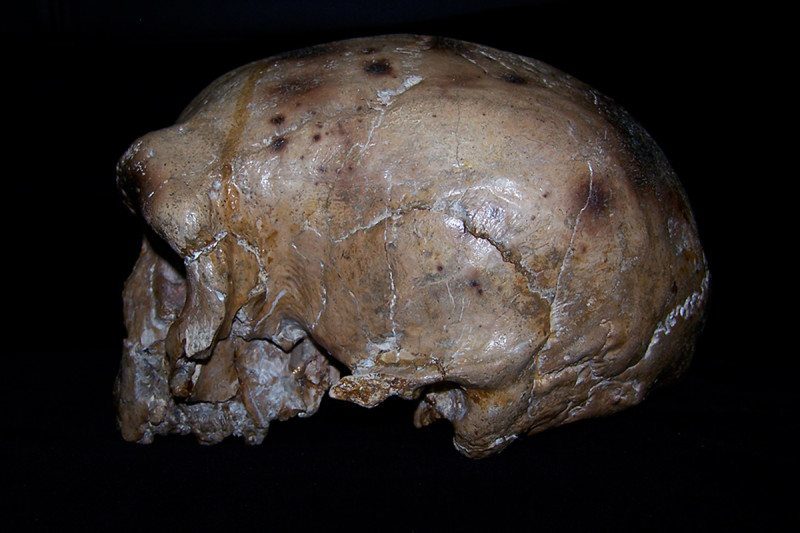
© Sheela Athreya
The origins of our species might need a rethink. An analysis of an ancient skull from China suggests it is
eerily similar to the earliest known fossils of our species -found in Morocco, some 10,000 kilometres to the west. The skull hints that modern humans aren't solely descended from African ancestors, as is generally thought.
Most anthropologists believe, based on fossil evidence, that our species arose in Africa around 200,000 years ago. What's more, genetic studies of modern humans indicate that we are all descended from a single population that left Africa within the last 120,000 years and spread around the world. This African group is the source of all modern human genes, barring a few gained by interbreeding with other species like Neanderthals.
However, the
Dali skull may not fit this story. Discovered in China's Shaanxi Province in 1978, it is remarkably complete, preserving both the face and the brain case. A study published in April concluded
the skull is about 260,000 years old.
When researchers first described the Dali skull in 1979, they assumed it belonged to
Homo erectus. This hominin species arrived in South-East Asia 1.8 million years ago and probably
disappeared from the region by about 140,000 years ago. That fits with the standard story.
But by 1981,
Xinzhi Wu at the Chinese Academy of Sciences in Beijing had noticed that the Dali skull's face had
many features in common with our species, Homo sapiens.
This suggested that H. erectus in east Asia might have contributed to the origin of H. sapiens. In other words, at least some of the DNA in living humans might have come from Asian
H. erectus.
Today many researchers reject this idea, because it contradicts the standard out-of-Africa model. But Wu - and
Sheela Athreya at Texas A&M University in College Station - say we still don't have a complete understanding of the origin of
H. sapiens. The pair have reanalysed the Dali skull and compared it with other hominin skulls, including
H. erectus and early
H. sapiens.

© Sheela Athreya
They found that the Dali skull is similar to two
H. sapiens skulls found in the 1960s at Jebel Irhoud in Morocco. "I really wasn't expecting that," says Athreya.
Earlier this year, researchers at Jebel Irhoud found pieces of a third H. sapiens skull and dated the fossils to roughly 315,000 years ago. This dramatically pushed back the origin of our species
by 115,000 years. Like the Dali skull, the Jebel Irhoud skulls have
H. sapiens-like faces but their brain cases look more primitive.
The Moroccan skulls fit neatly with the idea that
H. sapiens evolved solely in Africa, emerging from populations of hominins living in that continent. But Athreya says the Dali skull suggests the story might have been more complicated.
It's possible, she says, that the hominins in Africa weren't genetically isolated from those in Eurasia. The small-scale movements of individual hominins - like young adults leaving the family group and joining a neighbouring one - could collectively have allowed genes to flow right across Africa and Eurasia.
Under this scenario, the genetic features of
H. sapiens that appeared in Morocco 315,000 years ago could have cropped up in individuals - like the Dali skull's owner - living in China 260,000 years ago, says Athreya.

© Sheela AthreyaThe Dali skull has similarites with Homo sapiens
There is another implication. "I think
gene flow could have been multidirectional, so some of the traits seen in Europe or Africa could have originated in Asia," says Athreya.
In other words, some features associated with
H. sapiens could in principle have originated in east Asia, before being carried to Africa.
If that is true, our origins are not exclusively African.The alternative explanations are that
H. sapiens left Africa far earlier than we thought, reaching China by 260,000 years ago, which contradicts the genetic evidence, or that Asian
H. erectus separately evolved some of the traits of modern humans, but these "proto-humans" left no descendants.
Comparing the Dali and Moroccan skulls is instructive, says
John Hawks at the University of Wisconsin-Madison. He is open to the idea that the Dali individual belonged to the ancestral population that evolved into our species. "In a real sense we are talking about
a multiregional population, connected recurrently by migration and genetic exchanges," he says. However, he says we need more data to be sure.
The Dali skull does have similarities to the Moroccan skulls, but not enough to support Athreya's ideas, says
Chris Stringer at the Natural History Museum in London. "And when it comes to the vast amount of genetic data, it becomes very difficult to give China a significant role in modern human origins."
Still, Stringer doesn't dismiss the idea of genes from Eurasia being a factor in the origin of
H. sapiens. "I'm open to Asian-African connections at this time, but western Asia-Africa, not further afield," he says.
Journal reference:
American Journal of Physical Anthropology,
DOI: 10.1002/ajpa.23305
Where was humankind created? How long ago?
And by ‘whom’? (optional, for now)
Who were the ‘first people’ created?
What is the name of the advanced people who civilized the world?
Maybe that will support people into looking at the whole aspect, a bit deeper.
One of the surprising outcomes can be the truth. What say you?
BTW – ancient Asians, were Afruikans. So too the Babylonians, Chaldeans, Egyptians, Phoenicians, Syrians, etc, obviously.
Please do not take my word for it, research it.
For those without the hardcopy texts, I urge you to visit realhistoryww.com. Learn a thing or two.
Shalom